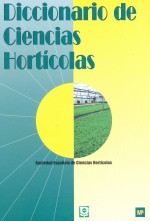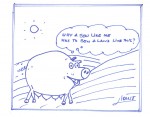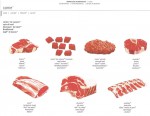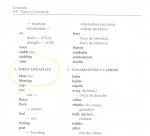According to experts, these oils are rich in fatty acids, vitamins, essential amino acids or polysaccharides. They can counteract nutritional lack of other foods.
One of the aims of the Food Sector companies is to obtain essential oils that the human body is not capable of producing, such as omega-3 polyunsaturated fatty acids. The intake of these acids has been proved to be of benefit against Alzheimer's disease, for instance.
By the way,
Alga is a singular form. Pronunciation: /ˈalgə/
Algae is a plural form. Both pronunciations are correct in English: /ˈældʒiː/ and /ˈælɡiː/
Have a nice day!
Alonso






